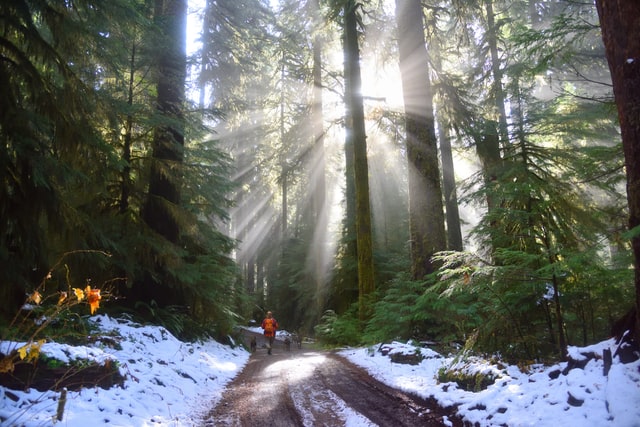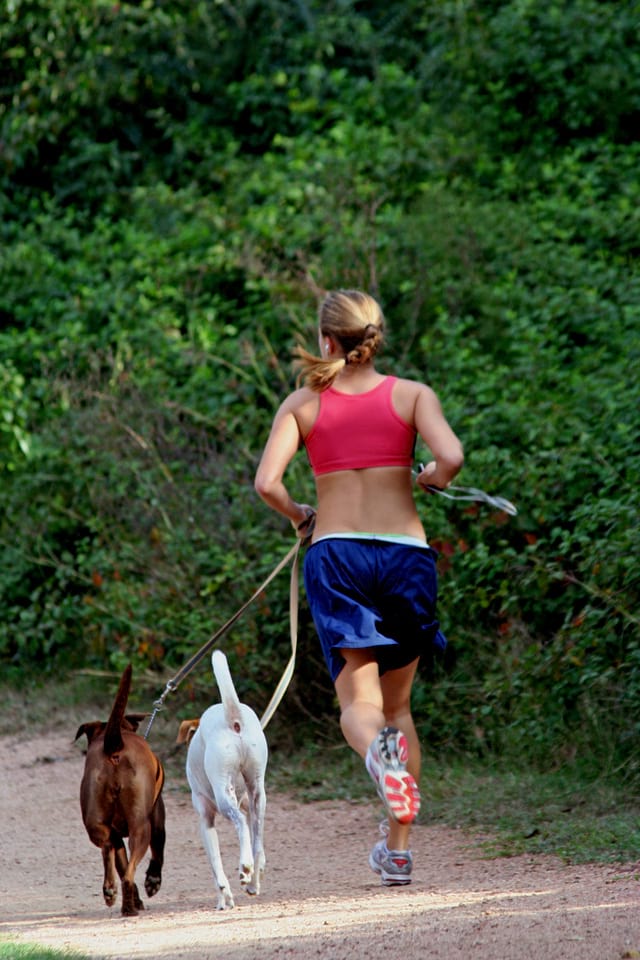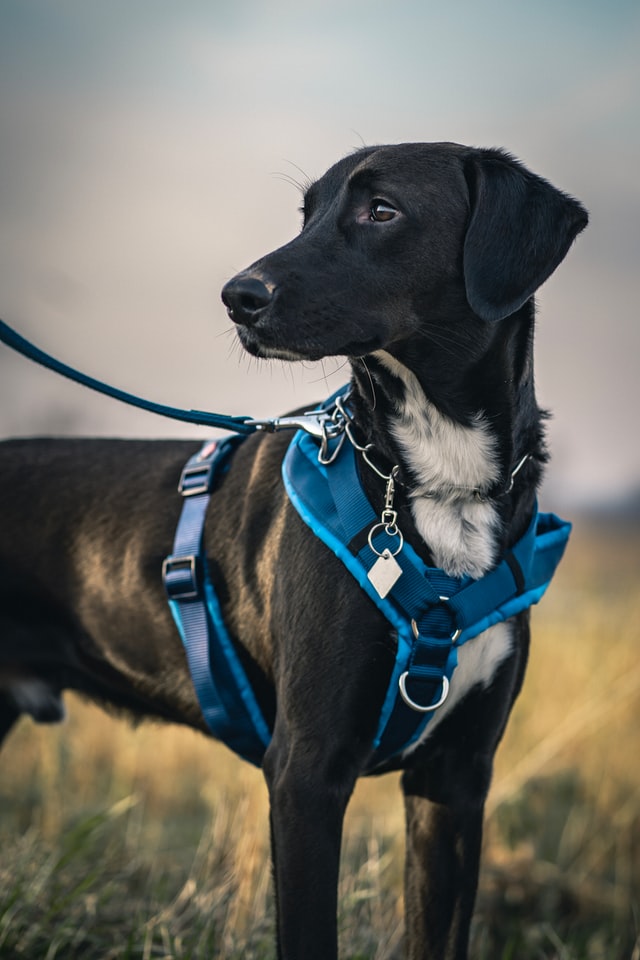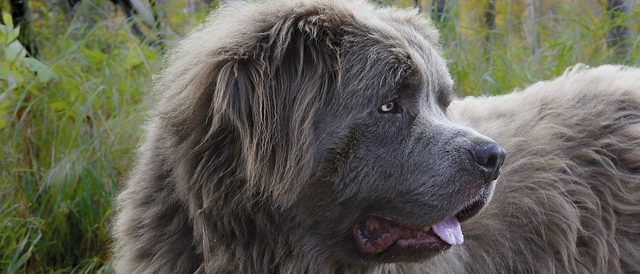Do you want to start a running sport with your dog? We guide you to get started in canicross and traction sports with your dog
What is canicross?
Canicross is a recent sport. It consists of running with your dog so that you become one. It is a sport of sharing and complicity with your dog. It requires good daily observation of it and helps strengthen the master / dog relationship if it is well practiced.
The human and the dog are both well equipped. The dog has a harness adapted to its morphology and size. The human wears a belt or a specialized harness. The pair is connected by a damped traction line. Canicross can be practiced alone, in a club / group or in competition, on paths, unpaved trails. Playing sports is always good for our dogs!

Difference between running and canicross?
The major difference between these two disciplines is the fact that in canicross the dog exerts traction. This makes the sport more “traumatic” for the human body, hence the importance of a good warm-up. Muscle strengthening is needed in addition to canicross workouts. Canicross remains a sport of passion. Open and accessible to all, it can be practiced in leisure as well as in competition. If you didn’t like sports before you found out, you’ll be surprised!

Starting out in canicross while strengthening the master / dog relationship?
To get started in canicross, the very first thing to do is to fully meet the needs of your dog. Indeed, trust in the relationship must already be established.
Reminder of the dog’s needs:
• physiological (eating, drinking, sleeping, etc.)
• security (feeling comfortable, confident with us and in your environment)
• social (communication and contact with fellow creatures)
• esteem
• development / utility (playing, working: towing, keeping a herd, research, etc.)
Which dog can start in canicross?
All dogs are accepted in this sport. But, it will be necessary to respect the growth of his dog. We do not run a dog that is not physically finished (bone and cartilage solidification).
It is advisable to do a veterinary check-up and see a canine osteopath. They will give you the green light or not to start this activity. Some dogs suffer from pathologies (hip dysplasia for example). This will prevent them from running. Canicross then becomes a source of discomfort and pain. This is strictly not what you are looking for when you decide to run with your dog. Also, some breeds are not suited for this type of effort. So be sure to respect any potential contraindications for your dog’s breed.
When you can start, whether you are an athlete yourself or not, you will have to adapt to your dog. It should be observed at each training. Basically, asking your dog for 500 m or 1 km in traction is sufficient. If he likes it, he’ll stay motivated and almost frustrated at not going any further.
On the contrary, if he doesn’t like it, you will quickly find out. If after several attempts at running you do not see improvement; you will have to accept that your dog does not like it. You won’t be able to run with him. Other sports activities may fill it, it’s up to you to find which ones!
Example of sport to practice with your dog: cani-paddle!
How to progress well?
We should not exceed 2 to 3 km for a beginner. And be very progressive during the first months of training. The dog should feel comfortable in this sport and be physically able to cover the chosen distance.
Of course, weather conditions must be taken into account when going for a run with our dog. The rain, the snow, the wind often do not present a big risk for them. But, it will all depend on the dog. Short hairs may not like the rain. On the other hand, the sun and the heat are dangerous for our dogs. It is also strongly recommended not to go for a run with your dog when the temperature is over 25 degrees Celsius.
Did you know ? From 8 ° C, the dog’s performance decreases and is no longer optimal.
The dog’s hydration should be taken into account for a canicross outing. It’s up to you to see if you can carry water. Otherwise, you will have to find water on your routes. There may be something to hydrate your dog during the outing (fountain, lake, puddle, river…).
The end of training
You have to congratulate your dog at the end of each training session. Traction sports take a lot of effort from them. They must feel like they are champions at the end of a race.
A recovery phase should be planned for him too. It can be active (free walking before a return to calm, swimming) You can perform stretching / massages. For that, you need to have the knowledge to carry them out without harming the health of your dog. Recovery should be restful. For a very athletic dog, you should plan at least:
• two days off during the week
• no more than four consecutive working days.
For a dog who is new to sport, running every other day is already very good. It should not be exhausted. Each dog reacts differently to exertion, so it’s all about observation.
Keep a canicross training log
To get started in canicross, I recommend keeping a training book to increase your performance. This will allow you to note:
• each workout dated
• its type (speed, endurance, traction / free, canicross, mountain bike, cani-scooter, etc.)
• the warm-up and recovery phases
• visits to the veterinarian or osteopath.
Be careful, never train with your dog if your emotional state is not positive. A hard day’s work shouldn’t be felt when you spend time with your dog. If you are stressed or angry, don’t go to practice. Work on you for the well-being of your partner.
Last points just as important, a sporting dog must have a suitable diet. As well as preparation and regular monitoring of the condition of his pads.
Choosing the right harness for my dog?
Choosing the right harness for dog pulling sports is often a headache. In the midst of all the articles that we see scrolling, it is often difficult to navigate. The ideal is to be able to try the harness directly on our dogs. If you order on the internet, you must be able to return it in the event of an unsuitable size. Without knowledge, it is better to go to a professional. The comfort and health of our dog depend on it.
Here are some additional tips to help you choose the best harness for your dog:
• To test the harness, watch it while it is tensioned on the dog.
• Shoulders must be clear
• The side harness strap must pass over the rib cage (not behind!)
• The hips should not be hampered
• The harness should not be too tight at the neckline
• You should be able to pass a flat hand through it.

What warm-up for my dog?
The best way to warm up your dog is to give him some free time. The warm-up should be gradual. The typical warm-up that should be observed at best is 5 minutes of walking on a leash. Followed by 10 minutes of free time with accelerations at the end. The benefit of a free warm-up lies in reducing the risk of injury.
We can also add movements that specifically warm up the spine such as twists, spins and eights. The dog will have to do them in a slow and controlled way. And let him realize as much on both sides.
The colder it is, the more the pair needs to warm up. Note that the 15 minute warm-up for your dog can also be your own warm-up!
Finally, the efficiency of a run with a warm-up is 25% higher than a run without a warm-up. This brings added value to that of reducing the risk of injury.
Manage departures alone or in competition
When starting out, it is best to hold our dogs by the harness and the cushioned line. That is to say, to have it close to you. Be prepared to let go of the harness without letting go of the line suddenly. Indeed, it would give a sudden to our dog, but also on our back. You should therefore move your hand on the line until it is stretched out before releasing it.
For the management of departures alone with our dog, it is interesting to set up a count (5,4,3,2,1, GO). It helps to capture the dog’s attention and concentration. He indicates that now is the time to run and therefore get to work. It also allows you to restart the race if the dog stops on a smell or other. No need to pull on the line, you stop and set up a start with count. The dog will understand that he has to get back to work.
For a good management of group or competition departures, you must:
• keep calm
• manage these emotions so as not to transmit them to the dog
• if your dog needs it, keep physical contact with you; (example: dog stuck to our thigh or hand on the neck …).
If we want to keep a good education, we do not leave if the dog is too excited. We teach him that it is by being calm we will go for a run sooner. Even when it’s a competition. The quiet time may last 2 seconds at the start of learning. The counts are also to be integrated into the routine when starting in competition. If the dog bites the line, we stop and wait for it to calm down. Then, we start by giving the correct instructions (“in front” for example).
The benefit of playing sports with your dog
The first advantage is that it strengthens and builds a relationship of trust / complicity within the master / dog pair.
The second fact is that it allows you to spend it physically. This meets their physical and mental expenditure needs (decision making, change of direction, etc.). You will therefore have to meet your olfactory and masticatory expenditure needs.
For some dogs, it allows them to have a “job” and therefore establish a framework for that job. This is how the educational bases can also be worked on. Either way, your dog will be happy to do an activity with you. Sport with your dog is a team sport, sharing and respect are the key words!



